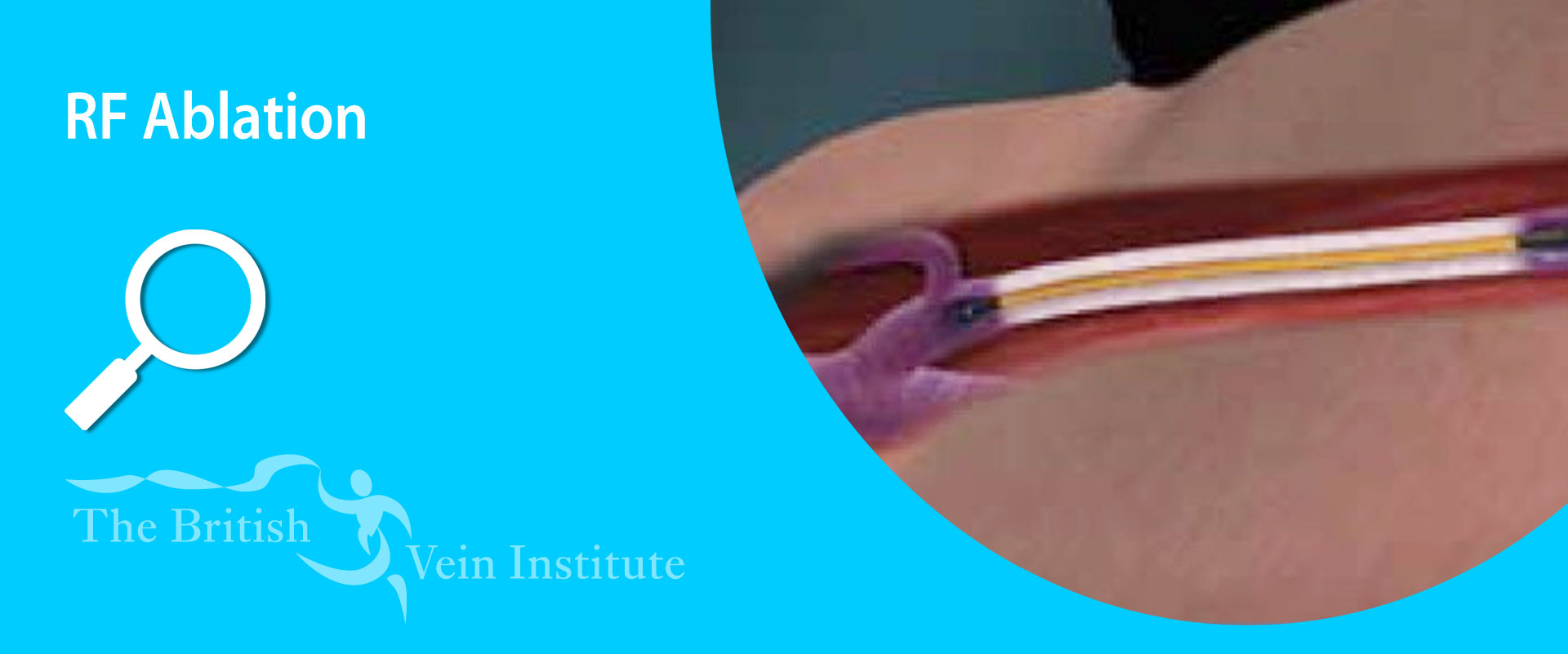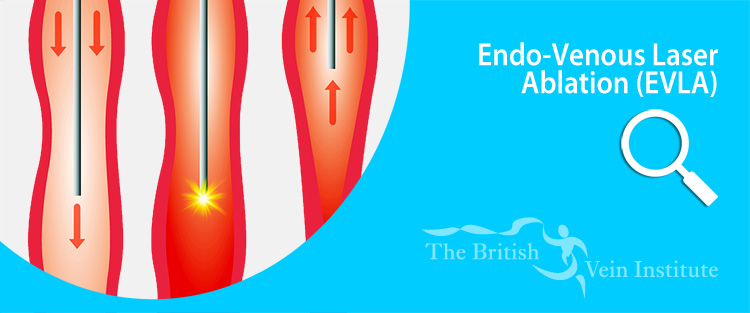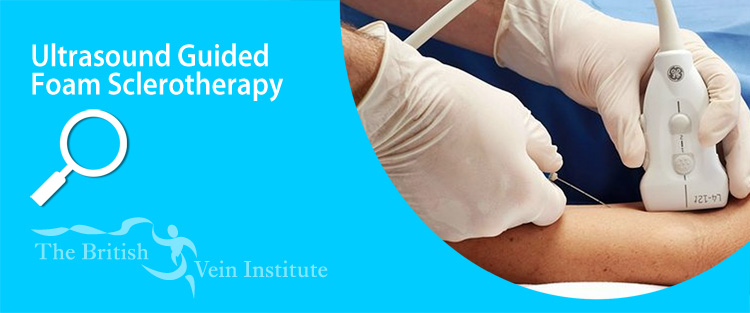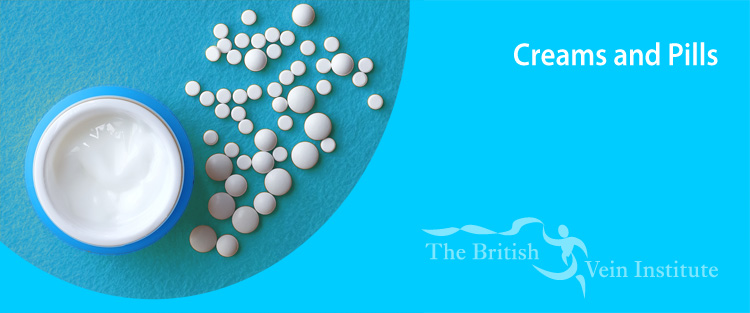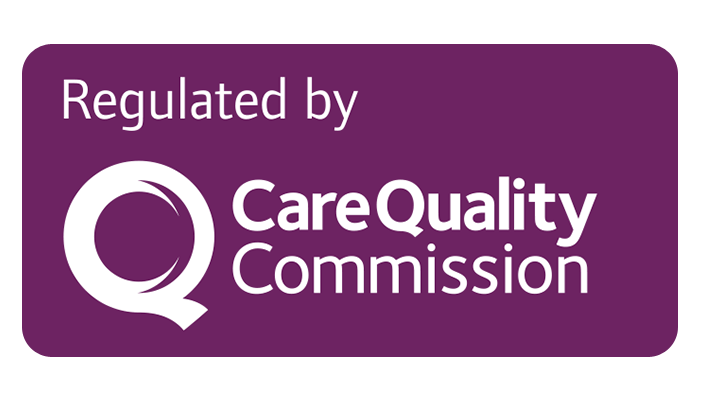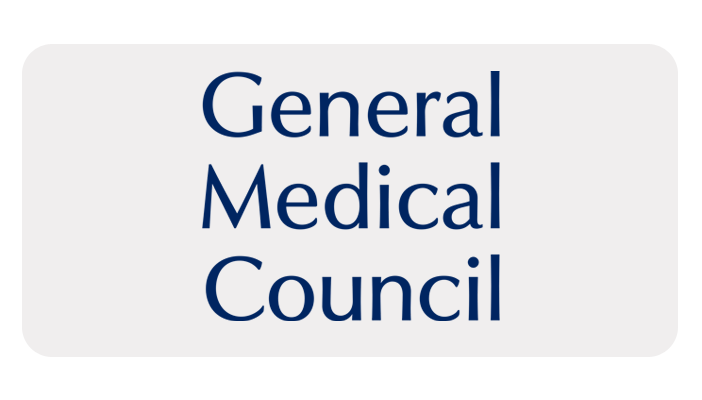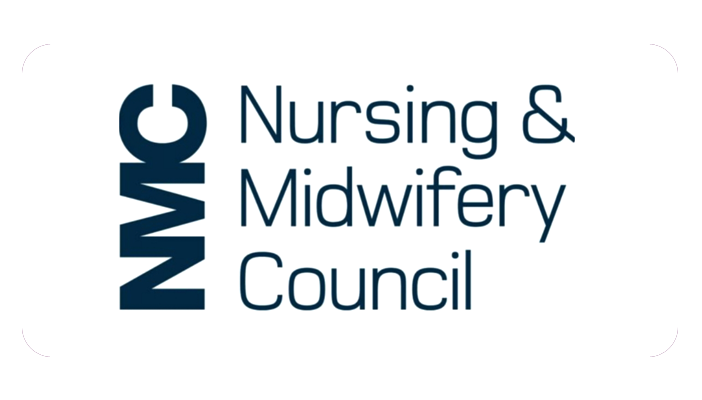Treatments for large varicose veins
Many of our patients with varicose veins dread the thought of treatment if it has to be done using surgery. This is no longer necessary! In the last 10 years several new ways have been introduced to cure veins without surgery. General anaesthetic and admission to hospital can be avoided. Afterwards the leg and the patient feel fine and normal activities can be resumed within a day or two.
The National Institute for Health and Care Excellence now recommends that people with varicose veins receive treatment using modern minimally invasive techniques, rather than surgery. The advantage of modern minimally invasive treatments is that the varicose veins can be removed in the clinic or in a treatment room. Afterwards, patients can go home and resume normal activities, including returning to work. Post-operative fatigue arising following surgery and pain following saphenous vein stripping are a thing of the past.
